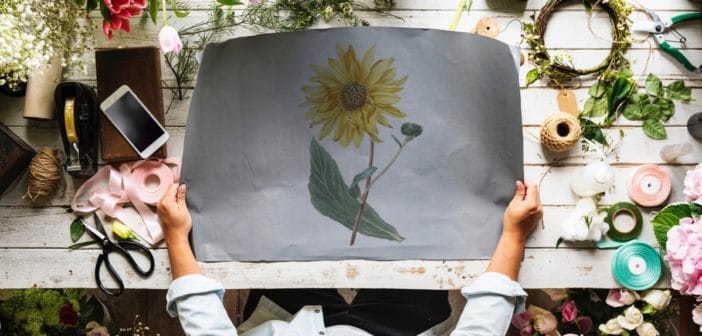The great Aristotle once said, “The aim of art is to represent not the outward appearance of things, but their inward significance.” Talking is often overrated, especially in an addiction treatment program. While some people can easily verbalize their feelings, others simply can’t and choose to shut down even further instead. Luckily, there is more than one way to articulate a story. Art therapy is fast gaining traction with the American Art Therapy Association (AATA) working fervently to make art therapy more accessible in states where it is still not fully understood by legislature. As more rehabilitation facilities start to incorporate creative therapies into their offerings, more individuals living with addiction are reaping the benefits.
The Benefits of Art Therapy
Art has always been known to be relaxing but the full extent of its benefits have only recently come to light. The AATA defines art therapy as the therapeutic use of art, within a professional relationship, by people who experience illness, trauma or challenges in living, and by people who seek personal development. Art in its various forms including painting, drawing, sculpting, creative writing and photography (amongst others) can benefit individuals living with addiction in countless ways, both during rehabilitation and afterwards.
Art Therapy Can Trigger Personal Breakthroughs
Rehabilitation can be daunting, especially during the early days when a patient is faced with a myriad of questions. While communication is a vital part of addiction therapy, it does not come naturally to everyone. Art therapy provides an alternative means of communication to patients, especially those who experience deeply-manifested emotional turmoil. By providing addicts with a pencil and a piece of paper, asking them to draw something, you encourage them to give life to their emotions, without having to talk about them. There is no level of skill required in art therapy, enabling someone who can only draw a few basic figures the same opportunity to rediscover his or her self as an accomplished artist who can render realistic paintings of people and landscapes. As the individual starts to progress with art therapy, he or she also builds more trust with the therapist which, in turn, boosts recovery even more. These personal breakthroughs, however small, are of vital importance on the road to recovery.
Art Therapy Aids Emotional Healing
Painting and other forms of art are not only known to help break down denial, and overcome shame and resistance to treatment, but also to facilitate emotional healing. The creative process brings patients into the current moment, providing emotional healing by being mindfully present. Art furthermore provides an opportunity to move away from anxious thoughts and focus on the project at hand instead. The purpose of art therapy is not to complete a painting/sketch/sculpture but rather to provide a visual, physical keepsake of the healing journey that is being undertaken. Being able to sit back and look at what you created can not only render a healthy dose of self-confidence in someone living with addiction but can also be a gentle reminder of the progress that’s been already made.
While art therapy can undeniably be beneficial to individuals living with addiction it is important to remember that there is no exact formula that can be adhered to, as each person has different requirements. Some patients might respond well to drawing, but others might find sculpting or pottery more therapeutic. The trick is to experiment with a variety of mediums to find the one of most help to a specific patient.
Photo courtesy of Unsplash
Sponsored DISCLAIMER: This is a paid advertisement for California Behavioral Health, LLC, a CA licensed substance abuse treatment provider and not a service provided by The Fix. Calls to this number are answered by CBH, free and without obligation to the consumer. No one who answers the call receives a fee based upon the consumer’s choice to enter treatment. For additional info on other treatment providers and options visit www.samhsa.gov.





